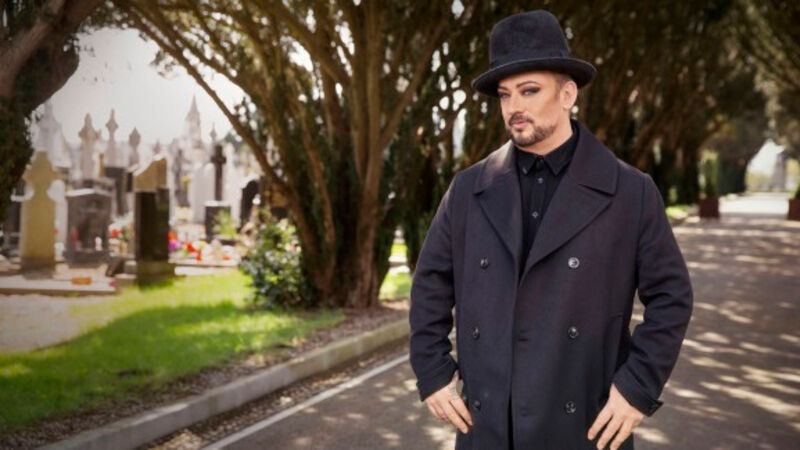Chilling effect of the ‘Cruelty Man’ lingers

NSPCC inspectors claimed to be saviours of the poor. As Boy George discovered recently, they preyed on the working classes and women, writes

Try from €1.50 / week
SUBSCRIBENSPCC inspectors claimed to be saviours of the poor. As Boy George discovered recently, they preyed on the working classes and women, writes Sarah-Anne Buckley

Already a subscriber? Sign in
You have reached your article limit.
Annual €130 €80
Best value
Monthly €12€6 / month
Introductory offers for new customers. Annual billed once for first year. Renews at €130. Monthly initial discount (first 3 months) billed monthly, then €12 a month. Ts&Cs apply.
CONNECT WITH US TODAY
Be the first to know the latest news and updates
Newsletter
Sign up to the best reads of the week from irishexaminer.com selected just for you.
Newsletter
Keep up with stories of the day with our lunchtime news wrap and important breaking news alerts.
Newsletter
Sign up to the best reads of the week from irishexaminer.com selected just for you.
Tuesday, December 16, 2025 - 8:00 PM
Tuesday, December 16, 2025 - 10:00 PM
Tuesday, December 16, 2025 - 8:00 PM
© Examiner Echo Group Limited